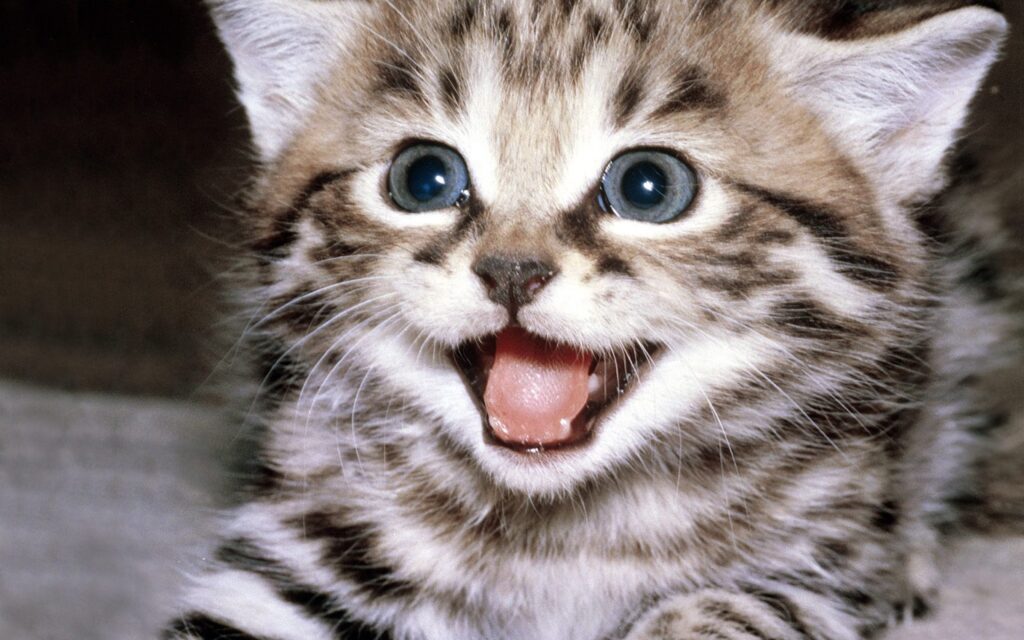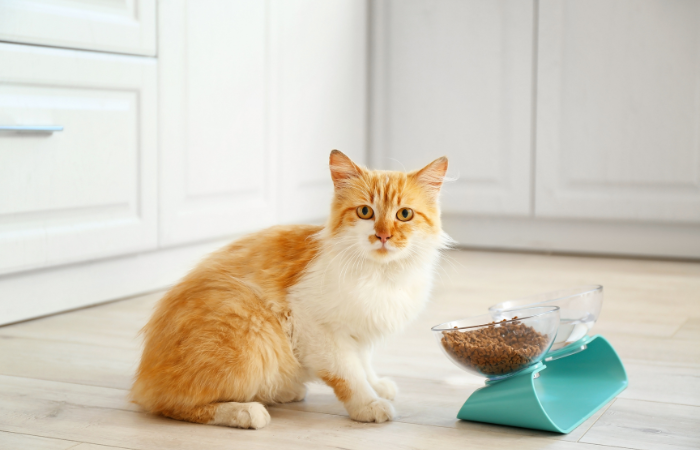Let’s talk about something we often overlook: our cat’s teeth. Yes, those tiny, razor-sharp tools your cat uses to devour kibble and (occasionally) nibble on your fingers need care too. While your cat might not flash their pearly whites with a Hollywood grin, keeping their teeth healthy is essential for their overall well-being.

When my cat Luna started avoiding her favorite treats, I realized something was up. A quick trip to the vet revealed she had dental issues—something I could have prevented with regular care. If you’re like me and want to avoid a repeat vet visit, here’s everything you need to know about taking care of your cat’s teeth, with a little humor and a lot of practical tips.
1. Why Cat Teeth Matter
Healthy teeth = a happy, healthy cat. Dental problems can lead to pain, bad breath (no more cat kisses!), and even more severe issues like infections or organ damage.

Common Problems:
- Plaque and Tartar: The buildup of food particles and bacteria that harden over time.
- Gingivitis: Inflammation of the gums caused by plaque.
- Tooth Resorption: A painful condition where the tooth’s structure breaks down.
- Bad Breath: Not just unpleasant—it’s often a sign of underlying dental issues.
Luna’s Experience: Her once-charming mealtime chomps turned into hesitant nibbles. It was my first wake-up call to take cat teeth seriously.
2. Brushing: Yes, You Can Brush Your Cat’s Teeth
Brushing your cat’s teeth might sound like a recipe for disaster, but it’s one of the best ways to prevent dental issues. Start slow, and remember: patience is key.

How to Brush Your Cat’s Teeth:
- Pick the Right Tools: Use a cat-specific toothbrush or a soft-bristled baby brush. Never use human toothpaste—it’s toxic to cats. Instead, choose pet-safe toothpaste with flavors like chicken or fish.
- Start Small: Begin by letting your cat sniff and taste the toothpaste. Gradually introduce the toothbrush by gently rubbing it along their gums.
- Keep Sessions Short: A few seconds of brushing is better than nothing. Focus on the outer surfaces of their teeth where plaque builds up the most.
Pro Tip: Reward your cat with a treat or cuddle session afterward. Luna tolerates brushing only because she knows a tuna treat is waiting.
3. Diet Plays a Role in Cat Teeth Health
What your cat eats has a big impact on their dental health. Some foods are better at keeping their teeth clean than others.

What to Feed:
- Dental Diets: Specialized kibble designed to scrape away plaque as your cat chews.
- Wet Food Balance: While wet food is great for hydration, it doesn’t clean teeth like kibble. A mix of both can help.
- Chew Treats: Dental treats are a tasty way to promote oral health. Look for options approved by veterinary organizations.
Luna’s Review: Dental treats? She’s on board. Dental kibble? She acts like it’s punishment.
4. Dental Toys: Fun Meets Function
Some toys are designed to clean teeth as your cat plays. These toys often have textured surfaces or are infused with catnip to make them irresistible.

Best Toys for Cat Teeth:
- Rubber or silicone toys with ridges for cleaning teeth.
- Catnip-infused chew toys that encourage biting.
- Rope toys that gently floss while they play.
Luna’s Favorite: A catnip-stuffed chew toy that she attacks like it owes her money.
5. Regular Vet Visits: The Gold Standard
Even if you’re brushing and feeding the right food, regular vet check-ups are non-negotiable. Your vet can spot issues early and recommend professional cleanings when needed.

What to Expect:
- Annual Exams: During routine visits, your vet will check for tartar, gingivitis, or loose teeth.
- Professional Cleaning: If needed, your cat may require a dental cleaning under anesthesia to remove stubborn tartar and address any problems.
Luna’s Take: She hates the vet but loves coming home to extra treats (guilt-driven on my part).
6. Watch for Warning Signs
Cats are masters of hiding pain, so it’s up to you to spot potential dental problems.

Signs of Trouble:
- Bad breath that smells worse than usual.
- Drooling or pawing at the mouth.
- Difficulty eating or favoring one side of the mouth.
- Swollen or bleeding gums.
- A change in behavior, like being more irritable or reclusive.
Luna’s Warning: Her once enthusiastic eating slowed, and she started avoiding hard treats. These small changes led me to uncover her dental issue.
7. DIY Hacks for Cat Teeth Care
Not every cat will sit still for brushing (Luna barely tolerates it), so here are a few alternative strategies:
- Water Additives: Mix dental water additives into your cat’s bowl to reduce bacteria.
- Wipes: Dental wipes are a quick way to clean your cat’s teeth without the struggle of brushing.
- Raw Bones: For cats that tolerate raw diets, meaty bones can naturally scrape away plaque. Just ensure they’re vet-approved and safe for cats.
Final Thoughts: Keep Those Cat Teeth Sparkling
Taking care of your cat’s teeth might not seem like the most exciting part of pet ownership, but it’s one of the most important. With a little patience, the right tools, and regular check-ups, you can keep your cat’s teeth (and gums) healthy for years to come.

For Luna, it’s been a journey. From skeptically sniffing the toothbrush to begrudgingly allowing a few swipes, she’s come a long way—and her happy, healthy smile makes it all worth it.
How do you take care of your cat’s teeth? Share your tips (or hilarious brushing fails) in the comments below—I’d love to hear about your feline adventures! 🐾


